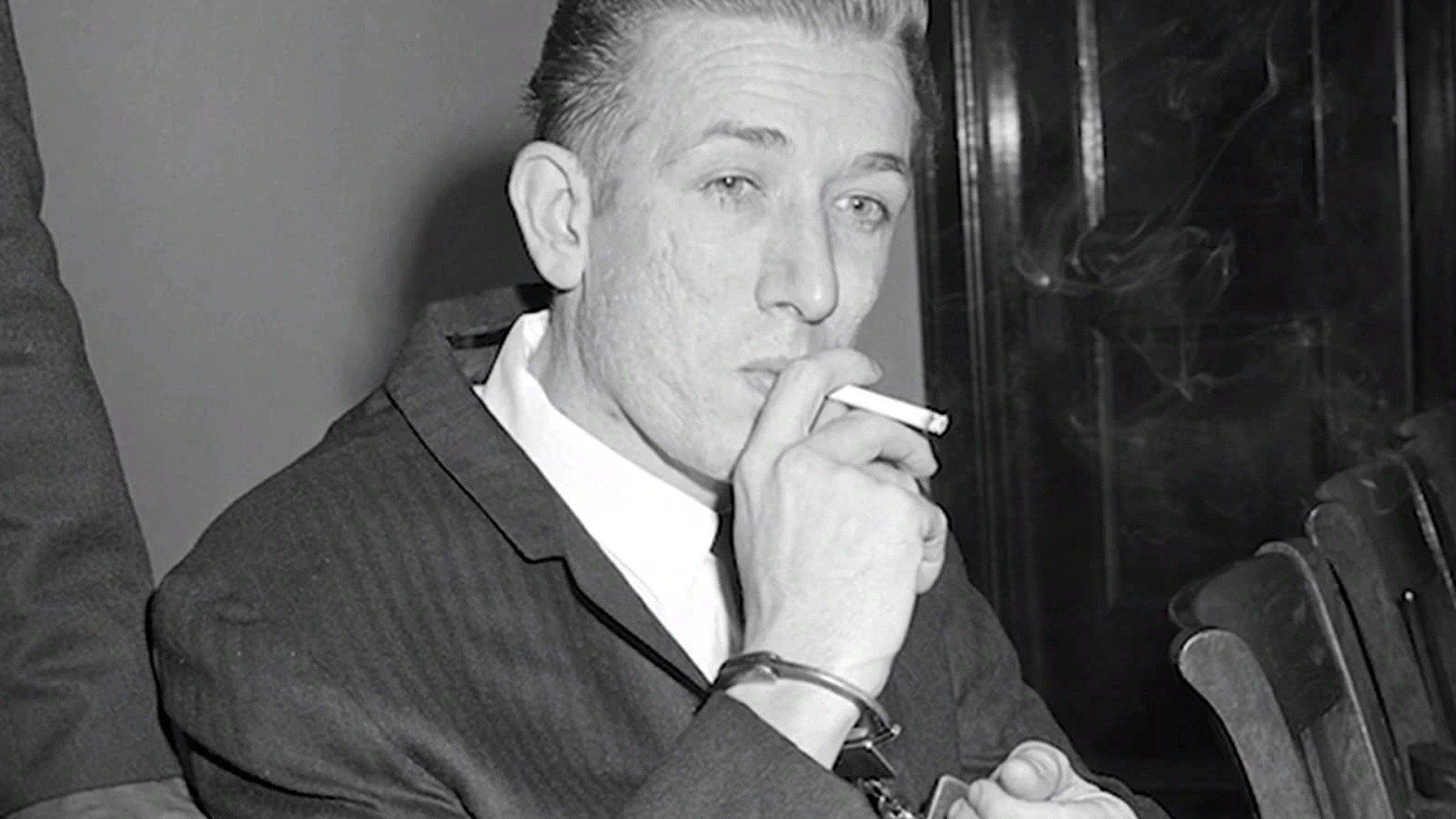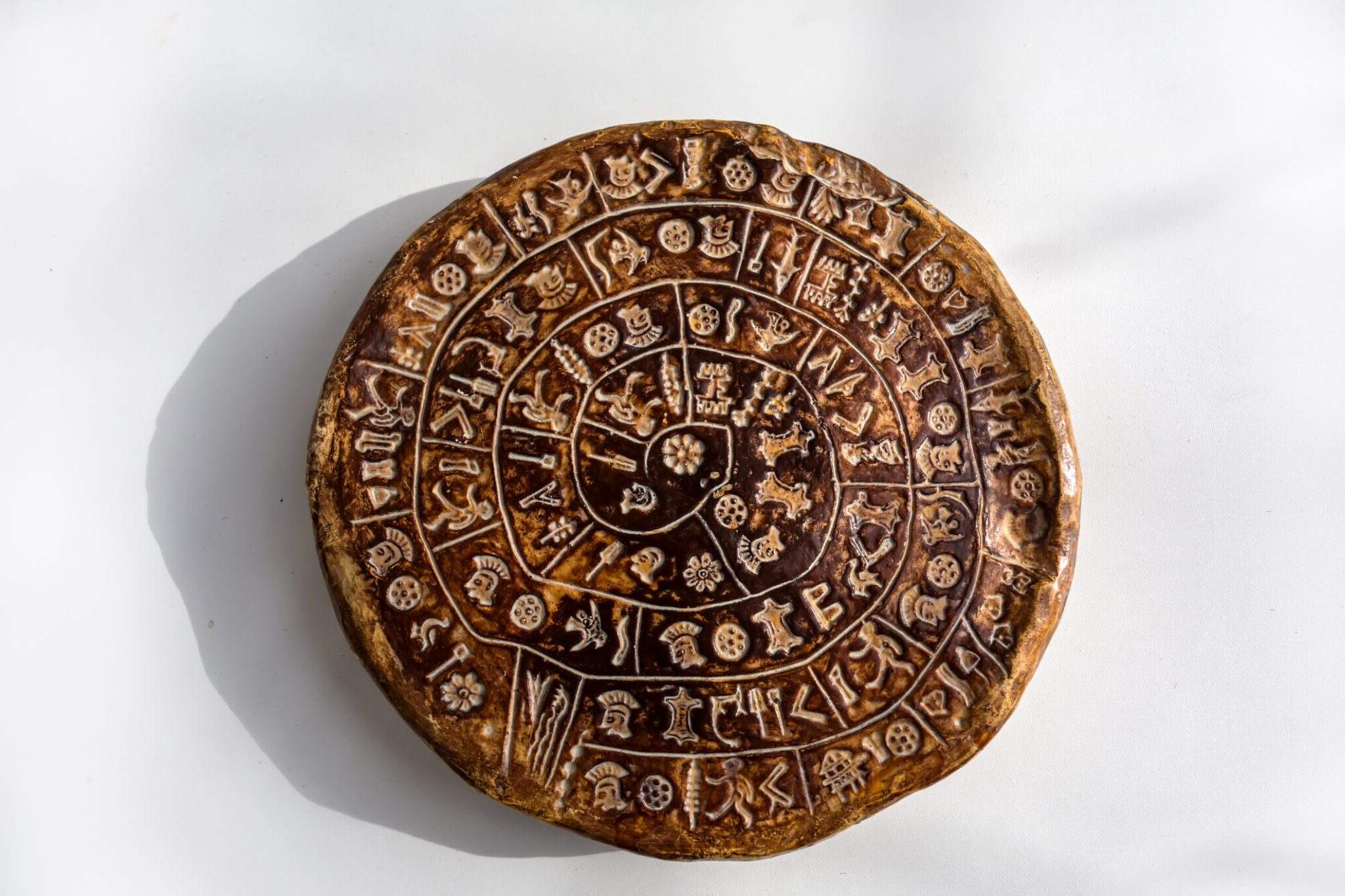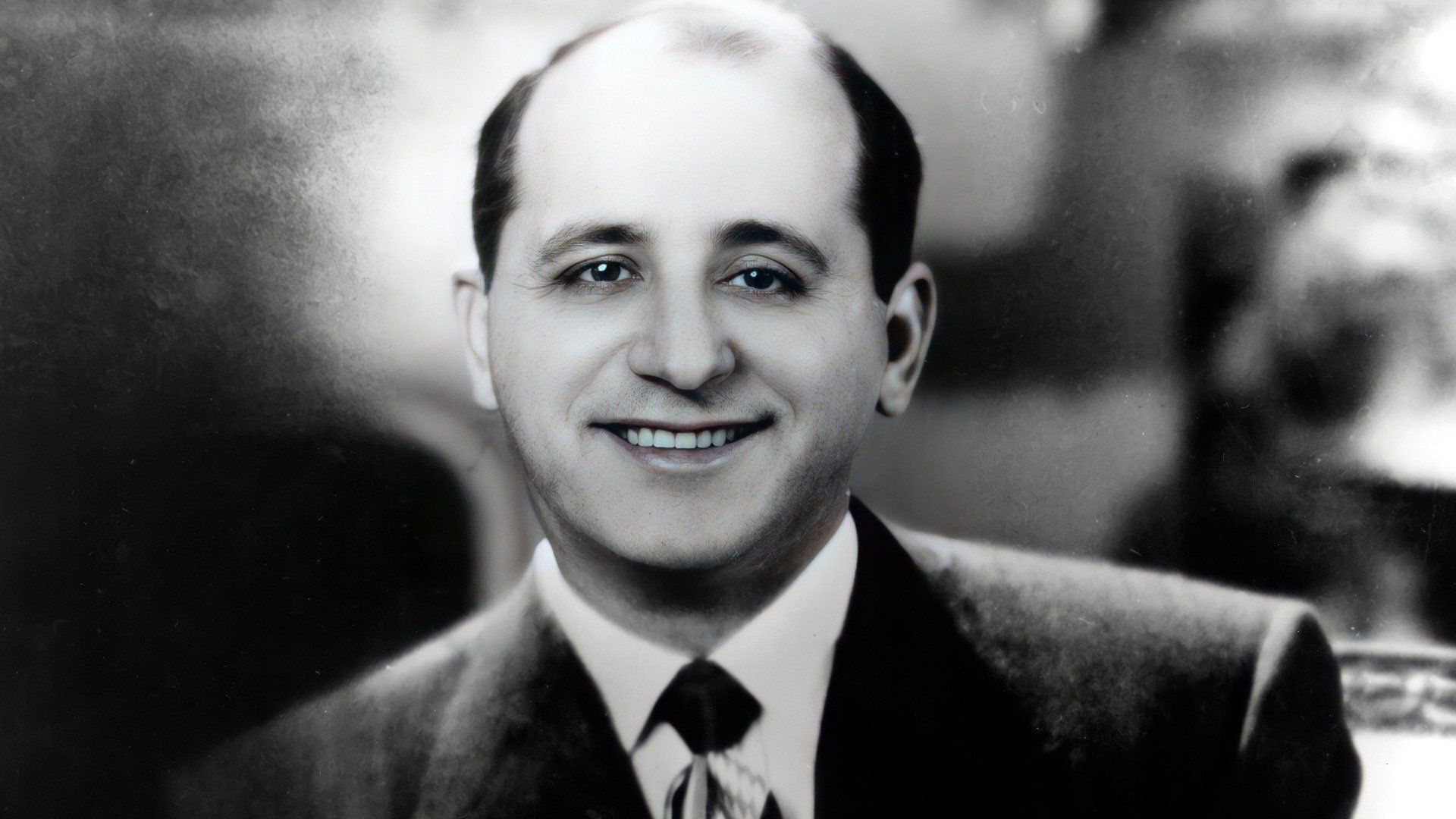
Richard Benjamin Speck is a name that sends shivers down the spine of many who remember the chilling events of 1966. Born on December 6, 1941, in Kirkwood, Illinois, Speck's life was a downward spiral of abuse, crime, and violence. But what led this man to commit one of the most infamous mass murders in American history? Speck's early years were marred by the death of his father and the abusive behavior of his stepfather. These traumatic experiences, combined with his own criminal tendencies, set the stage for a life of chaos. On July 13, 1966, Speck brutally murdered eight student nurses in Chicago, a crime that shocked the nation and left an indelible mark on history.
Key Takeaways:
- Richard Speck's troubled childhood and traumatic experiences contributed to his descent into crime, leading to a horrific massacre that shocked the nation in 1966.
- Despite his death in 1991, Richard Speck's life continues to be studied, shedding light on the psychological factors behind his violent behavior and the lasting impact of his crimes.
Early Life and Family Background
Richard Speck's early life was marked by significant events that shaped his future. Understanding his background provides insight into his later actions.
- Richard Benjamin Speck was born on December 6, 1941, in Kirkwood, Illinois, to Benjamin Franklin Speck and Mary Margaret Carbaugh. He was the seventh of eight children in a large, religious family.
- The Speck family moved to Monmouth, Illinois, shortly after Richard's birth. His father worked as a packer at Western Stoneware and had previously been a farmer and logger.
- In 1947, Richard's father died from a heart attack when Richard was just six years old. This loss deeply affected him and marked the beginning of a series of traumatic events.
- Three years later, Richard's mother remarried Carl August Rudolph Lindberg, a traveling insurance salesman with a long criminal record and a drinking problem. This new family dynamic introduced significant instability and abuse into Richard's life.
- Richard and his younger sister, Carolyn, were frequently verbally and physically abused by their stepfather. This abuse contributed to Richard's early delinquency and exposure to alcohol.
Descent into Crime
Richard's troubled childhood set the stage for a life of crime. His early encounters with the law and personal relationships further complicated his path.
- At age 13, Richard was arrested for the first time and continued to engage in petty crimes throughout his teenage years. He dropped out of high school at 16.
- In November 1962, Richard married Shirley Malone, a 15-year-old girl. They had a daughter, Bobby Lynn, but their marriage was marked by violence and abuse.
- Richard was convicted of theft and check fraud in 1963 and sentenced to three years in prison. He was paroled after serving only 16 months.
- During his time in prison, Richard had the words "Born to Raise Hell" tattooed on his arm, symbolizing his rebellious nature.
- In January 1966, Richard's marriage to Shirley ended in divorce due to his continued abuse and infidelity.
The Townhouse Massacre
The most infamous chapter of Richard Speck's life unfolded in 1966, leading to a horrific crime that shocked the nation.
- In 1966, to avoid another arrest in Dallas, Richard returned to Monmouth, Illinois, where he committed a series of crimes, including robbing and raping a 65-year-old woman and beating another woman to death.
- After being questioned about the murder, Richard fled to Chicago, where he stayed with a sister and eventually settled into a skid-row hotel near the National Maritime Union hiring hall.
- On the night of July 13, 1966, Richard gained entry to a townhouse shared by nine female nursing students. He murdered eight of them by stabbing, strangulation, or both; one victim was also raped. One woman, Corazon Amurao, managed to escape by hiding under a bed.
- After committing the murders, Richard went into hiding and attempted suicide. He was taken to a hospital, where an emergency room physician noticed his tattoo, leading to his arrest on July 17, 1966.
- Richard was sentenced to death in the electric chair, but after the Supreme Court declared capital punishment unconstitutional in 1972, his sentence was changed to eight consecutive terms of 50 to 150 years.
Psychological Evaluation and Prison Life
Richard's time in prison revealed more about his psychological state and the factors contributing to his behavior.
- During his incarceration, Richard had sessions with Dr. Marvin Sapporin, who believed Richard suffered from brain damage due to multiple TBIs and that his aggression was exacerbated by alcohol and drug use.
- Dr. Sapporin's diagnosis suggested that Richard's brain damage and subsequent mental defect might have contributed to his actions, but this was not considered in the legal proceedings.
- Dr. Sapporin also believed that Richard suffered from the Madonna complex, viewing women as either saintly or deserving of scorn, complicating his behavior and interactions with women.
- Richard spent the remainder of his life in prison, known for his manipulative nature and ability to charm his way out of trouble, though he remained violent and cruel towards his family.
- Richard's alcoholism was a significant factor in his aggressive behavior, making him more likely to fight or threaten others when drinking.
Media Portrayal and Legacy
Richard Speck's crimes left a lasting impact on media and public perception, cementing his place in history as one of America's most feared mass murderers.
- Richard Speck has been the subject of numerous films and television shows, including "Violated Angels," "Naked Massacre," "Speck," and "Chicago Massacre: Richard Speck."
- The story of the investigation, arrest, and trial of Richard Speck was featured in an episode of Investigation Discovery's "A Crime to Remember" and referenced in series like "American Horror Story" and "Mindhunter."
- In 1972, Richard's death sentence was commuted to 50 to 100 years in prison when the U.S. Supreme Court abolished capital punishment.
- In 1996, a TV journalist made public a prison video showing Richard taking drugs and engaging in sex with another inmate, causing a major scandal within the Illinois Department of Corrections.
- Richard Speck died of a heart attack on December 5, 1991, one day shy of his 50th birthday. His ashes were scattered in an undisclosed location in the Joliet area.
Scientific Research and Psychological Traits
Even after his death, Richard Speck's life continued to be a subject of study, revealing more about his psychological state and the factors contributing to his behavior.
- After Richard's death, his brain was preserved for scientific research. Scientists noticed an abnormality in the hippocampal formations, supporting Dr. Sapporin's hypothesis about brain damage.
- Dr. Sapporin believed that Richard exhibited psychopathic traits, including a lack of remorse and a tendency to manipulate others.
- Multiple TBIs Richard suffered during childhood were believed to have contributed significantly to his aggressive behavior.
- Alcohol consumption is closely associated with aggressive behavior, and Richard's alcoholism was a significant factor in his violent outbursts.
- Richard's violence against women was a recurring theme throughout his life, reflecting deep-seated misogyny and lack of respect for women.
Public Impact and Legal Proceedings
The aftermath of Richard Speck's crimes had a profound impact on the public and legal system, influencing perceptions and policies.
- The townhouse massacre was dubbed "the crime of the century," shocking the nation with its brutality and senselessness.
- The murders committed by Richard Speck instilled fear in the public, particularly among women, creating a sense of vulnerability that lingered for years.
- Richard Speck was convicted of all eight murders on April 15, 1967. His original sentence was death in the electric chair, but it was commuted to 400–1,200 years in prison after the Supreme Court abolished capital punishment in 1972.
- Richard Speck's legacy is one of horror and tragedy, with his crimes continuing to be studied by psychologists and criminologists seeking to understand the motivations behind such brutal acts.
The Dark Legacy of Richard Speck
Richard Speck's life was a tragic tale of abuse, crime, and violence. From his troubled childhood to the infamous townhouse massacre, his actions left a permanent scar on American history. His early life was marked by family instability and juvenile delinquency, setting the stage for his later crimes. The brutal murder of eight student nurses in 1966 shocked the nation, earning him a notorious place in criminal history. Despite multiple psychological evaluations suggesting brain damage and mental defects, these factors were never considered in court. Speck's violent tendencies and alcoholism only fueled his aggression, making him a danger to society. His death in prison and the subsequent scandal involving a prison video further cemented his dark legacy. Understanding Speck's story offers a glimpse into the complexities of human behavior and the devastating impact of unchecked aggression.
Frequently Asked Questions
Was this page helpful?
Our commitment to delivering trustworthy and engaging content is at the heart of what we do. Each fact on our site is contributed by real users like you, bringing a wealth of diverse insights and information. To ensure the highest standards of accuracy and reliability, our dedicated editors meticulously review each submission. This process guarantees that the facts we share are not only fascinating but also credible. Trust in our commitment to quality and authenticity as you explore and learn with us.


